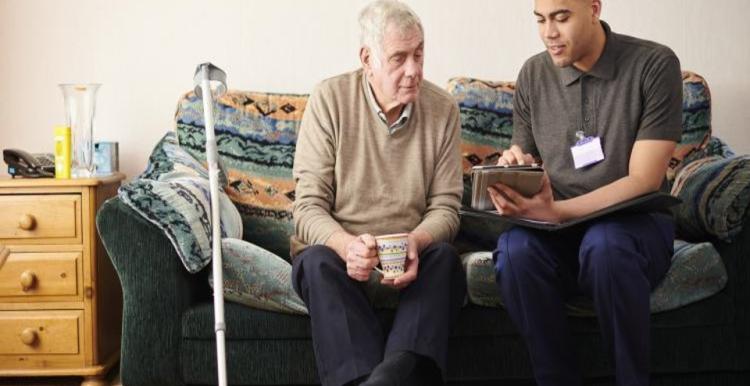Virtual wards- allowing you to be cared for at home

The motivation behind the Integrated Care model was to permit health and social care services to work together more effectively to ensure that less people were staying in hospital beds when they could be cared for at home or in care homes. Virtual wards are a feature of the ‘hospital at home’ initiative that utilises technology to monitor a patients condition from the comfort of their homes.
There has been a considerable shift to digital led healthcare since the COVID-19 pandemic.
Virtual wards were first implemented to monitor if patients were deteriorating with the virus or to monitor other pre-existing health conditions associated with the lungs and the heart. The pandemic also saw an increase in the number of people reading their own blood pressure at home in which they uploaded the information via the NHS app which now has over 30 million sign ups. The increased digitalisation of healthcare empowers people to have more ownership over their health, which can reduce hospital admissions and relieve pressures that are being faced.
By utilitising ‘Virtual Wards’, patients can remain within the community which has been proven to encourage a faster recovery and improved mental wellbeing. Patients have more autonomy in their own care through utilising technology alongside the team of professionals who will support their individual needs.
With this shift to digital care, the National Director of NHS England, Louise Ansari, highlighted how their must be a maintenance of ‘traditional models of care alongside remote methods’.
It is important to consider that although increased digitalisation has been embraced by much of the population, barriers can prevent digital inclusion. These include people with a lower income, those with a disability and those with limited English.
In Stockport, the DigiKnow scheme intends on promoting digital inclusion which can improve peoples access to these evolutions in health and social care services.


